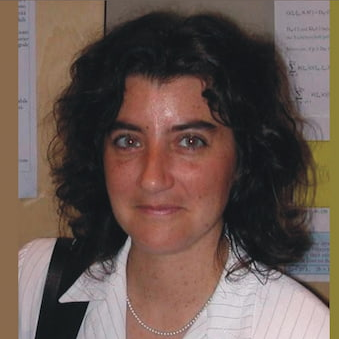Sensor Technologies for Microwave Imaging
A special issue of Sensors (ISSN 1424-8220). This special issue belongs to the section "Physical Sensors".
Deadline for manuscript submissions: closed (20 February 2023) | Viewed by 8545
Special Issue Editor
Interests: microwave and millimeter-waves antennas and circuits; microwave biomedical applications; innovative materials for antennas; electromagnetics in health safety
Special Issues, Collections and Topics in MDPI journals
Special Issue Information
Dear Colleagues,
Microwave imaging sensors are used to generate incident radiation and collect the field resulting from the electromagnetic interaction with the structure under testing. Microwave imaging (MWI) is crucial in non-destructive testing (NDT) applications, subsurface sensing, ground penetrating radar (GPR) prospection, and biomedical imaging. The aim of this Special Issue is to highlight the most recent research regarding sensing technologies for microwave imaging. Research articles and reviews that provide a comprehensive insight into sensing technologies for microwave imaging on any aspect of sensor development and applications are welcome. Topics of interest include, but are not limited to, the following:
- Biomedical imaging;
- Biosensing;
- Concealed-weapon detection;
- Non-destructive testing;
- Automotive radar;
- Vehicle guidance;
- Microwaves and other electromagnetic waves;
- Industrial and medical applications of microwaves;
- Materials testing;
- Microwave measurement techniques.
Dr. Sandra Costanzo
Guest Editor
Manuscript Submission Information
Manuscripts should be submitted online at www.mdpi.com by registering and logging in to this website. Once you are registered, click here to go to the submission form. Manuscripts can be submitted until the deadline. All submissions that pass pre-check are peer-reviewed. Accepted papers will be published continuously in the journal (as soon as accepted) and will be listed together on the special issue website. Research articles, review articles as well as short communications are invited. For planned papers, a title and short abstract (about 100 words) can be sent to the Editorial Office for announcement on this website.
Submitted manuscripts should not have been published previously, nor be under consideration for publication elsewhere (except conference proceedings papers). All manuscripts are thoroughly refereed through a single-blind peer-review process. A guide for authors and other relevant information for submission of manuscripts is available on the Instructions for Authors page. Sensors is an international peer-reviewed open access semimonthly journal published by MDPI.
Please visit the Instructions for Authors page before submitting a manuscript. The Article Processing Charge (APC) for publication in this open access journal is 2600 CHF (Swiss Francs). Submitted papers should be well formatted and use good English. Authors may use MDPI's English editing service prior to publication or during author revisions.






